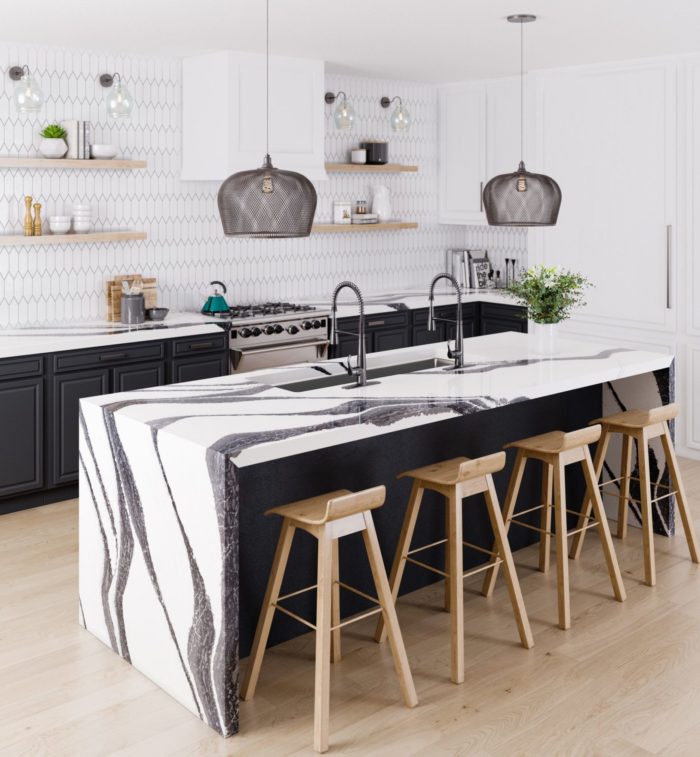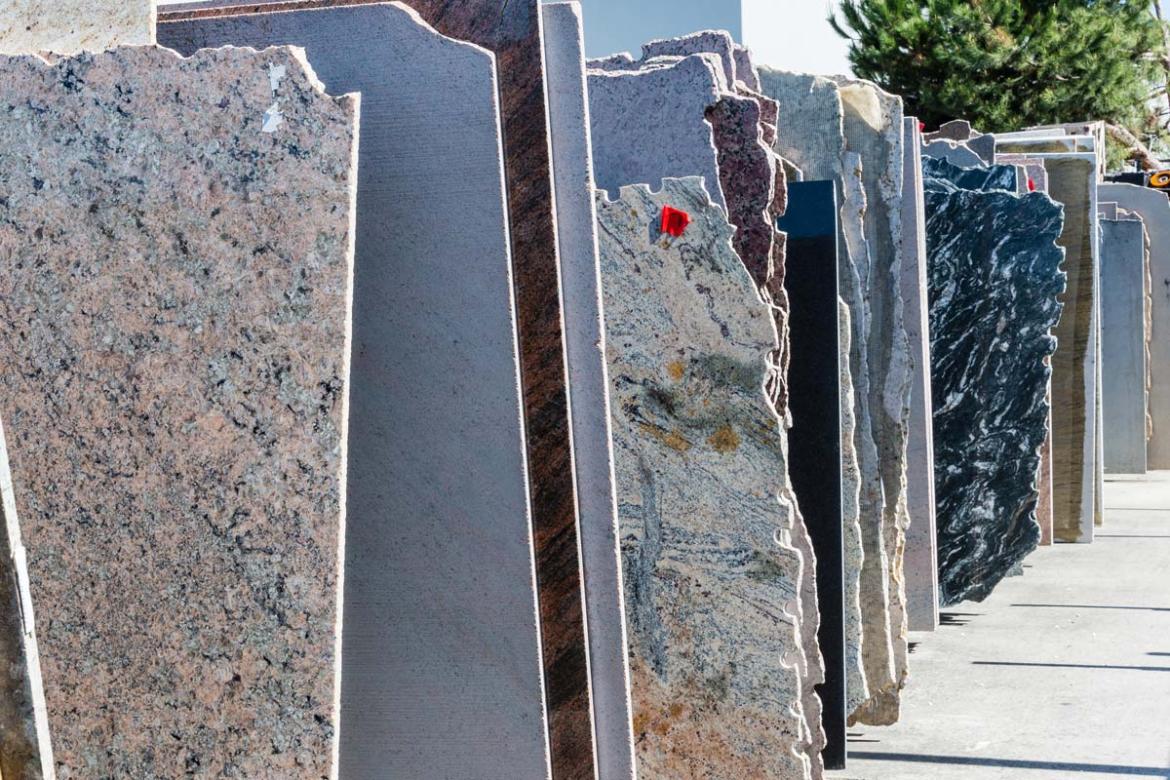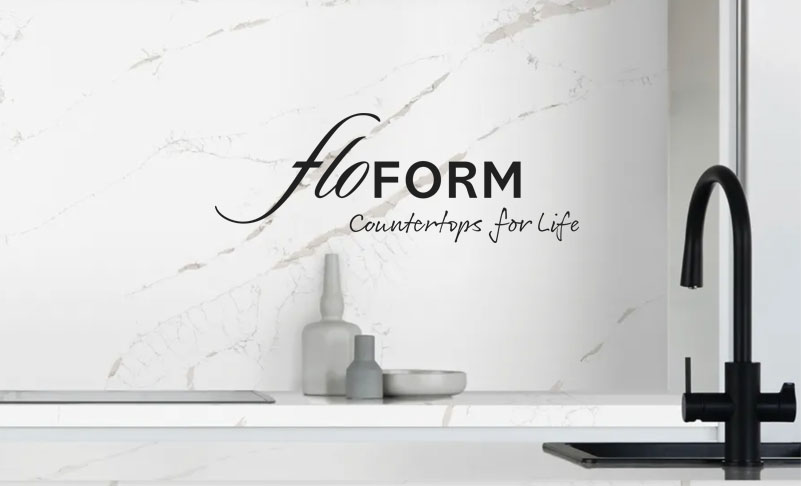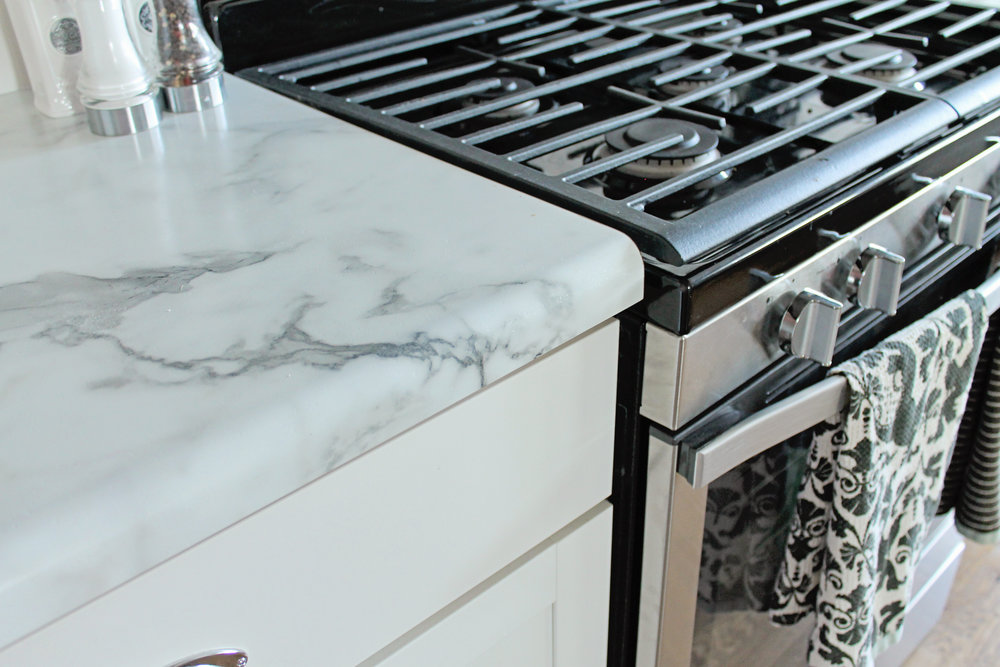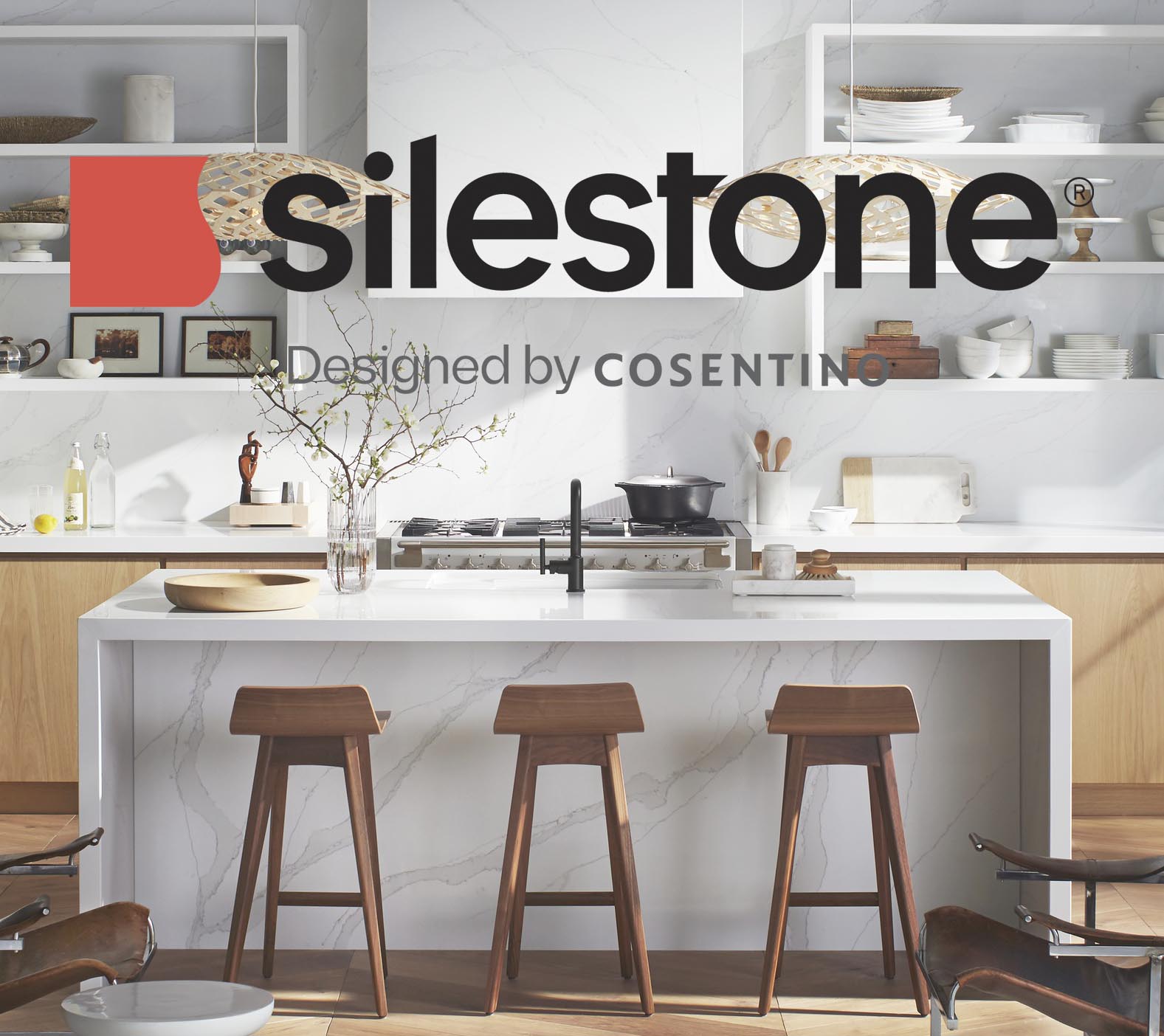Does the idea of a polka dot and stripe pattern in the same space make you cringe? Are you still wondering if black and brown “go” together? Are you wondering if you can keep your grandma’s vintage wooden china cabinet and still manage to have a sleek and modern kitchen?
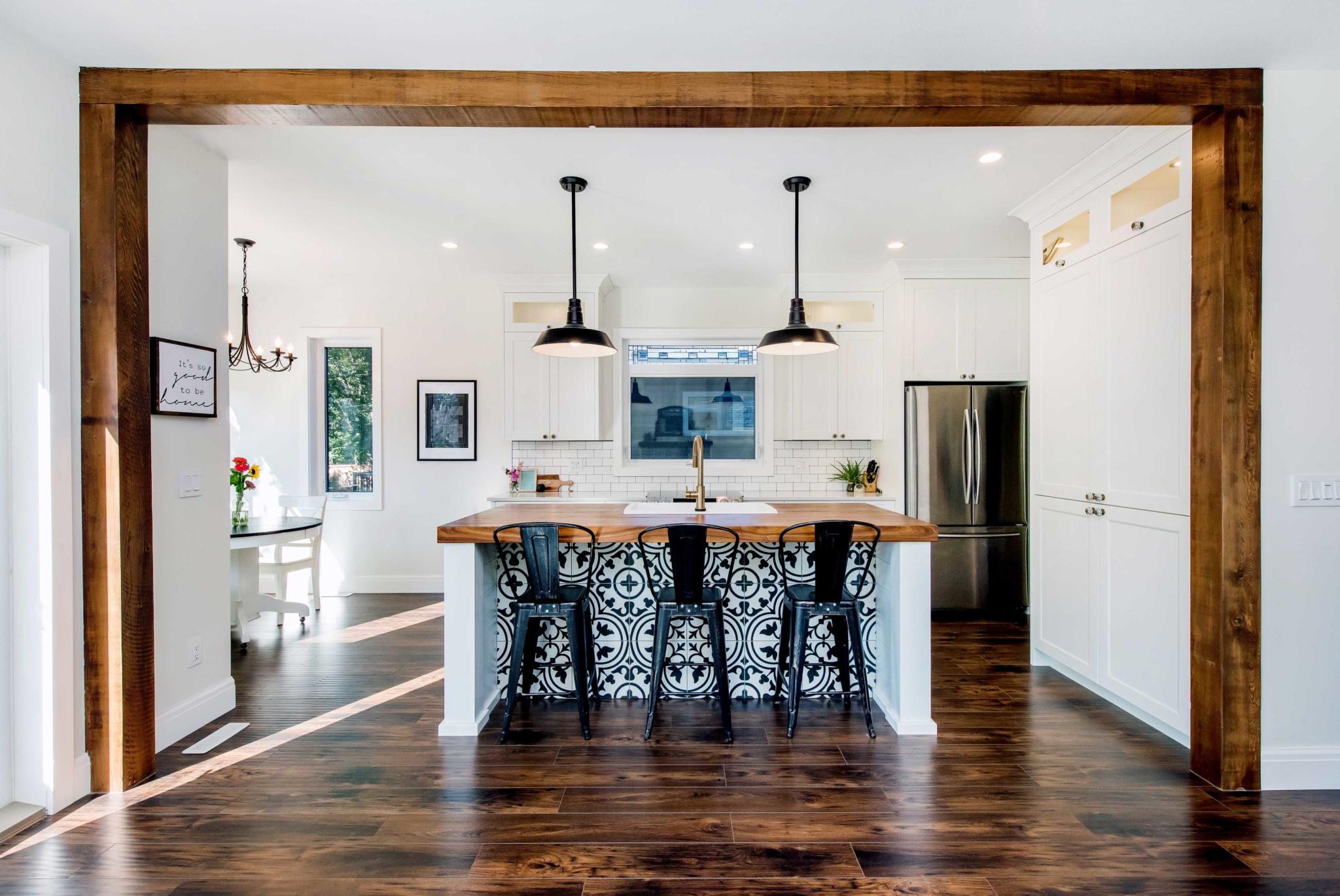
Don’t worry, we’re here to set the record straight, once and for all: yes, you can mix design styles! We actually encourage it. And we promise it’s not as complicated as it seems. Trust us.
We’ve put together some basic dos and don’ts to help you get started designing a room you truly love – regardless of what category it falls into.
The Dos and Don’ts of Mixing Design Styles
Do…find the common in the uncommon.

While it can be intimidating to know where to start, an easy way to blend styles is to find common features.
If you’re set on a white countertop with marbling (like our Bentley in the Cambria Black Marble Collection), look for flooring or cabinets that match or complement the marbling for a subtle match.
Florals and geometric patterns – together? Scary, right? No! Find a common color in both prints and they’ll work. We promise.
Look for elements that incorporate the same kind of wood or stains, too. Regardless of the rest of the pieces, those similarities will pull your room together.
Don’t…mix too much.
Think about building a room design like choosing an outfit. Too many different colors or prints just don’t work together. But a couple of statement pieces, like a bright blazer or a special pair of shoes, alongside neutrals, like black, white, or jean, can make any ensemble shine.
Choose a couple of unique pieces or statement features that you absolutely love to build your design around.
Maybe it’s a family heirloom or a bright backsplash or even a strong quartz or laminate pattern for your island countertop. Then, layer in neutral elements, basic colors, and textures, to ensure these standout pieces can do just that – stand out!
Do…start with accessories.
An easy way to begin introducing mixing design styles in your home is by incorporating accessories.
They can be as simple as a vase or a rug. Accessories are a low-risk way to start experimenting with different eras (a great Victorian chandelier for your dining room or a rustic reclaimed wood tray for your bathroom) without a big financial commitment.

If you’ve found a piece that you adore but it isn’t quite the right color or pattern for the style you’re aiming for, consider an alteration by a professional or DIY project you can tackle yourself.
A coat of paint or reupholstery job can completely transform an item from one design style into another.
Check out local flea markets, antique stores or online auction sites for new-to-you treasures that have the potential to be a key element of your design.
Don’t…feel obligated to follow the rules.
We’ve all heard it – rules are meant to be broken.
That saying has been around for so long because it’s true. Your home should be a reflection of the things you love – regardless of where they fit on the design spectrum.
If you want a modern light fixture with a farmhouse sink and a Tuscan floor? Go for it!

As long as you love how it looks and feel comfortable in the space, those are the most important design rules.
But don’t worry, we’re here to help, too! We offer a design professional in-home consultation to help guide you in finding the right vibe and feel for your room.
[gravityform id=”1″ title=”true” description=”true”]
Let’s get started mixing and matching!
Recommended for you:

